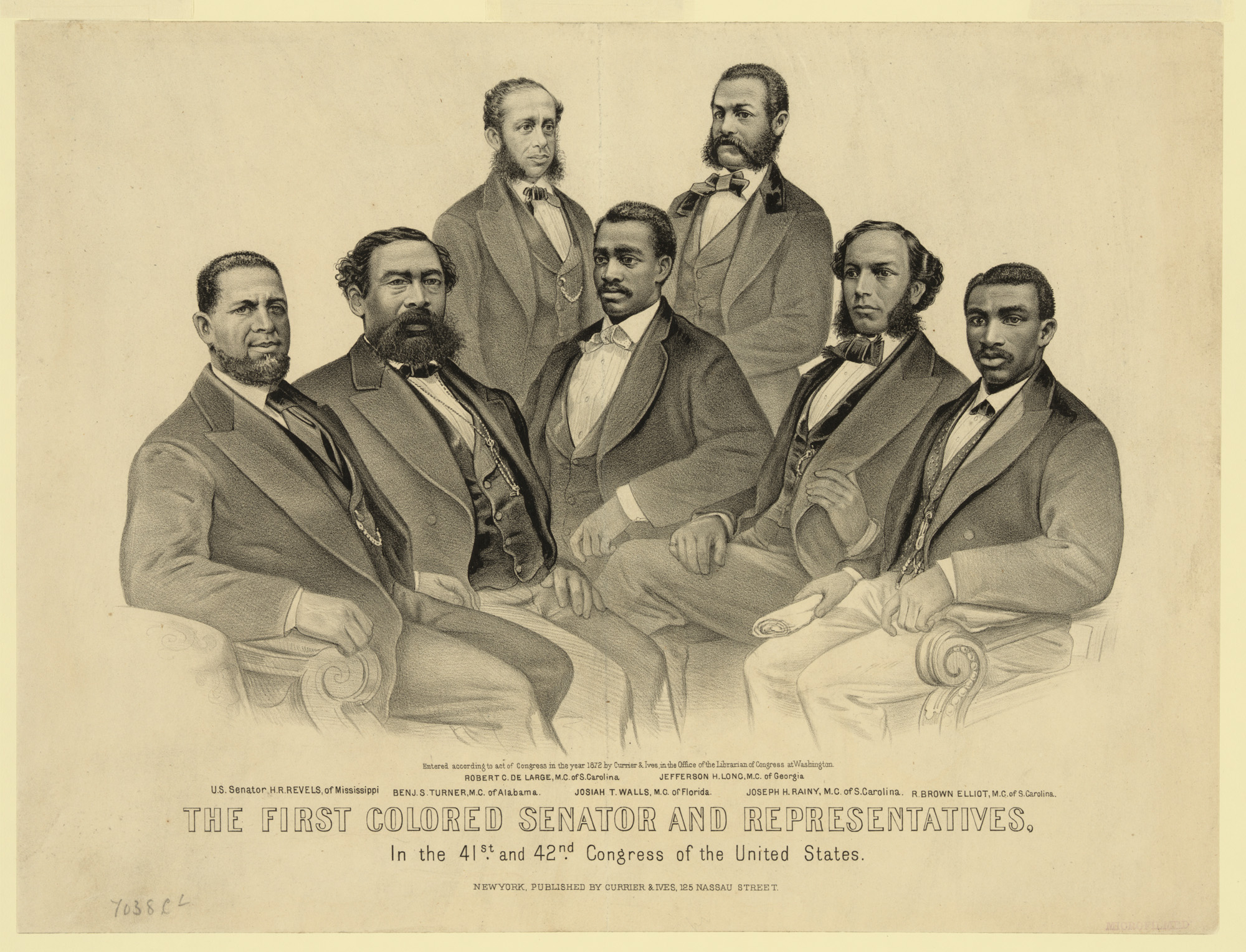Report on the Conviction of Shon Hopwood and its Implications for Sustainable Development Goals
Case Summary: Intersection of Criminal Justice, Gender Equality, and Institutional Accountability
A case involving former Georgetown Law professor Shon Hopwood highlights critical challenges related to several Sustainable Development Goals (SDGs), primarily SDG 5 (Gender Equality) and SDG 16 (Peace, Justice and Strong Institutions). Hopwood, whose personal history includes a celebrated rehabilitation from bank robber to legal academic, was convicted on multiple counts of domestic violence and obstruction of justice. This report details the verdict, the nature of the offenses, and the broader context concerning the principles of sustainable development.
Judicial Verdict and Charges
Upholding the Rule of Law and Accountability
On Friday, a District of Columbia jury found Shon Hopwood, 50, guilty of multiple offenses that directly contravene the principles of justice and safety. The verdict underscores the commitment to SDG 16, which advocates for promoting the rule of law and ensuring equal access to justice for all.
- Simple Assault: Three counts, constituting a direct violation of personal security and bodily integrity.
- Contempt: Five counts, stemming from the violation of a court-issued stay-away order.
- Obstruction of Justice: Two counts, for actively pressuring a witness not to testify.
The U.S. Attorney’s Office emphasized the importance of holding the defendant accountable, regardless of his professional standing, reinforcing the SDG 16 target of ensuring responsive, inclusive, and accountable institutions at all levels.
Offenses Against Gender Equality and Justice Systems
Violation of SDG 5 and SDG 16 Targets
The details of the case reveal severe breaches of fundamental human rights and legal principles, directly impacting progress on key SDGs.
- Violence Against Women: The prosecution detailed a September 2023 assault on Hopwood’s wife, which resulted in multiple injuries. This act is a flagrant violation of SDG 5.2, which calls for the elimination of all forms of violence against all women and girls in the public and private spheres. The investigation also uncovered a history of chronic abuse, indicating a sustained pattern of behavior antithetical to gender equality.
- Forced Confinement and Child Manipulation: Hopwood forced his injured wife to remain in the basement for three days and instructed their children to lie about her absence. This action not only constitutes severe domestic abuse but also implicates SDG 16.2, which aims to end abuse, exploitation, and all forms of violence against children.
- Obstruction of Judicial Processes: By pressuring his wife not to testify, Hopwood actively worked to undermine the judicial system. This directly conflicts with SDG 16.3, which focuses on promoting the rule of law and ensuring equal access to justice. His actions represent a deliberate attempt to subvert the very legal institutions he was employed to teach about.
Institutional Context and Contradictions
From Rehabilitation Advocate to Perpetrator of Violence
Hopwood’s career trajectory, from serving an 11-year prison sentence for bank robbery to becoming a professor at Georgetown University Law Center, was initially seen as a powerful example of rehabilitation and second chances, aligning with the spirit of SDG 10 (Reduced Inequalities) and SDG 16 (Access to Justice). He taught criminal procedure and prisoners’ rights, advocating for prison reform.
However, his conviction for domestic violence creates a profound contradiction. It raises critical questions for institutions, particularly those related to SDG 4 (Quality Education), concerning the values embodied by educators. Georgetown Law, in its official statement, acknowledged that domestic violence is “horrific and antithetical to our values as an institution” and confirmed Hopwood remains on leave pending internal review. This response reflects the institutional responsibility inherent in SDG 16 to remain accountable and transparent.
The case serves as a critical reminder that personal histories of redemption do not grant immunity from accountability for subsequent actions, particularly those that perpetuate gender-based violence and undermine the justice system.
1. Which SDGs are addressed or connected to the issues highlighted in the article?
The article discusses issues that are directly and indirectly connected to several Sustainable Development Goals (SDGs). The primary themes of domestic violence, the justice system, and the role of education link the article’s content to the following SDGs:
- SDG 5: Gender Equality – This is addressed through the central theme of domestic violence against a woman by her husband.
- SDG 16: Peace, Justice and Strong Institutions – This is relevant due to the focus on crime (domestic assault, obstruction of justice), the legal process (police, trial, conviction), and the broader concepts of accountability and prison reform.
- SDG 4: Quality Education – This is connected through the perpetrator’s role as a law professor at a prestigious institution, Georgetown Law, and his past work teaching about prisoners’ rights and prison reform.
2. What specific targets under those SDGs can be identified based on the article’s content?
Based on the specific details in the article, the following targets can be identified:
SDG 5: Gender Equality
- Target 5.2: Eliminate all forms of violence against all women and girls in the public and private spheres. The article’s core subject is the conviction of Shon Hopwood for assaulting his wife. It details “chronic emotional and physical domestic abuse to his wife stretching back several years” and a specific incident where he “assaulted his wife, leaving her with multiple injuries, and then forced her to stay in their basement for three days.” This is a direct example of violence against a woman in the private sphere.
SDG 16: Peace, Justice and Strong Institutions
- Target 16.1: Significantly reduce all forms of violence and related death rates everywhere. The acts of “simple assault” for which Hopwood was convicted are a clear form of violence that this target aims to reduce.
- Target 16.3: Promote the rule of law at the national and international levels and ensure equal access to justice for all. The article illustrates the rule of law in action. The case involved a police welfare check, an investigation, a trial by jury, and a conviction. Furthermore, Hopwood’s actions to “pressured his wife not to testify in his trial, violating a stay-away order” and his conviction on “two counts of obstructing justice” are direct challenges to ensuring equal access to justice for the victim.
SDG 4: Quality Education
- Target 4.7: Ensure that all learners acquire the knowledge and skills needed to promote sustainable development, including, among others, through education for… human rights, gender equality, promotion of a culture of peace and non-violence. The article highlights a contradiction related to this target. Hopwood was hired “to teach about criminal procedure and prisoners’ rights” and wanted to “educate students and the community about prison reform,” which aligns with education for human rights and justice. However, his conviction for domestic violence is described by Georgetown Law as “horrific and antithetical to our values,” which include promoting a culture of peace and non-violence.
3. Are there any indicators mentioned or implied in the article that can be used to measure progress towards the identified targets?
The article provides qualitative and case-specific information that relates to official and implied indicators for measuring progress.
Indicators for SDG 5
- Implied data for Indicator 5.2.1 (Proportion of ever-partnered women and girls subjected to physical, sexual or psychological violence by a current or former intimate partner): The article does not provide statistics but presents a detailed case study of one woman subjected to “chronic emotional and physical domestic abuse” by her husband. This narrative serves as a qualitative data point illustrating the type of violence this indicator measures.
Indicators for SDG 16
- Implied data for Indicator 16.1.3 (Proportion of population subjected to physical, psychological or sexual violence): The description of the assault, the resulting “multiple injuries,” and forcing the victim to stay in the basement are instances of physical and psychological violence that this indicator tracks.
- Implied Indicator: Effectiveness of the justice system in holding perpetrators accountable. The article provides a direct measure of this through the outcome of the legal process. The statement that “A D.C. jury is demanding accountability from the batterer” and the specific conviction on “three counts of simple assault, five counts of contempt and two counts of obstructing justice” serve as indicators of a functioning justice institution.
Indicators for SDG 4
- Implied Indicator: Integration of human rights and justice topics into higher education curricula. The article explicitly mentions that Hopwood was hired by Georgetown University Law Center “to teach about criminal procedure and prisoners’ rights” and “prison reform.” This indicates that such topics are part of the curriculum at a major educational institution, which is a way to measure progress toward Target 4.7.
4. Create a table with three columns titled ‘SDGs, Targets and Indicators” to present the findings from analyzing the article. In this table, list the Sustainable Development Goals (SDGs), their corresponding targets, and the specific indicators identified in the article.
| SDGs | Targets | Indicators |
|---|---|---|
| SDG 5: Gender Equality | Target 5.2: Eliminate all forms of violence against all women and girls in the public and private spheres. | Implied data for Indicator 5.2.1: A specific case study of a woman subjected to “chronic emotional and physical domestic abuse” by her husband. |
| SDG 16: Peace, Justice and Strong Institutions | Target 16.1: Significantly reduce all forms of violence and related death rates everywhere. | Implied data for Indicator 16.1.3: A specific instance of physical violence (“simple assault”) and psychological violence (“forced her to stay in their basement”). |
| Target 16.3: Promote the rule of law… and ensure equal access to justice for all. | Implied Indicator: The conviction on multiple counts of assault, contempt, and obstruction of justice, demonstrating the justice system’s accountability mechanism. | |
| SDG 4: Quality Education | Target 4.7: Ensure all learners acquire knowledge and skills needed to promote… human rights, gender equality, promotion of a culture of peace and non-violence. | Implied Indicator: The inclusion of “criminal procedure,” “prisoners’ rights,” and “prison reform” in the curriculum of a major law school (Georgetown Law). |
Source: nbcwashington.com







